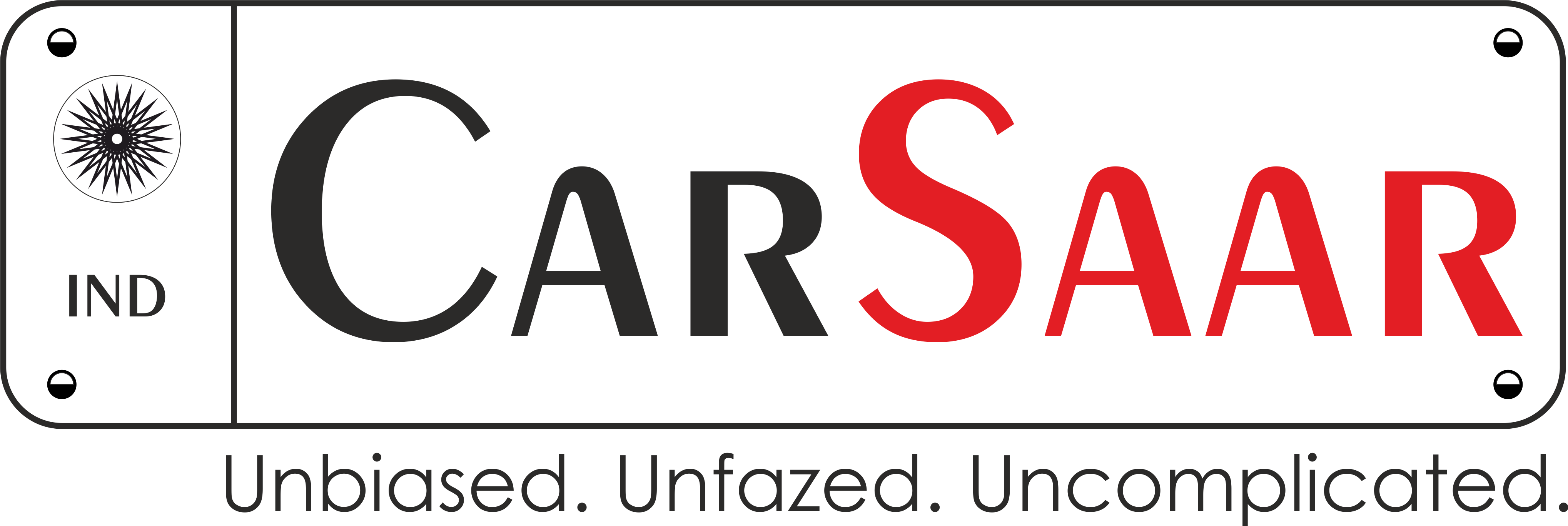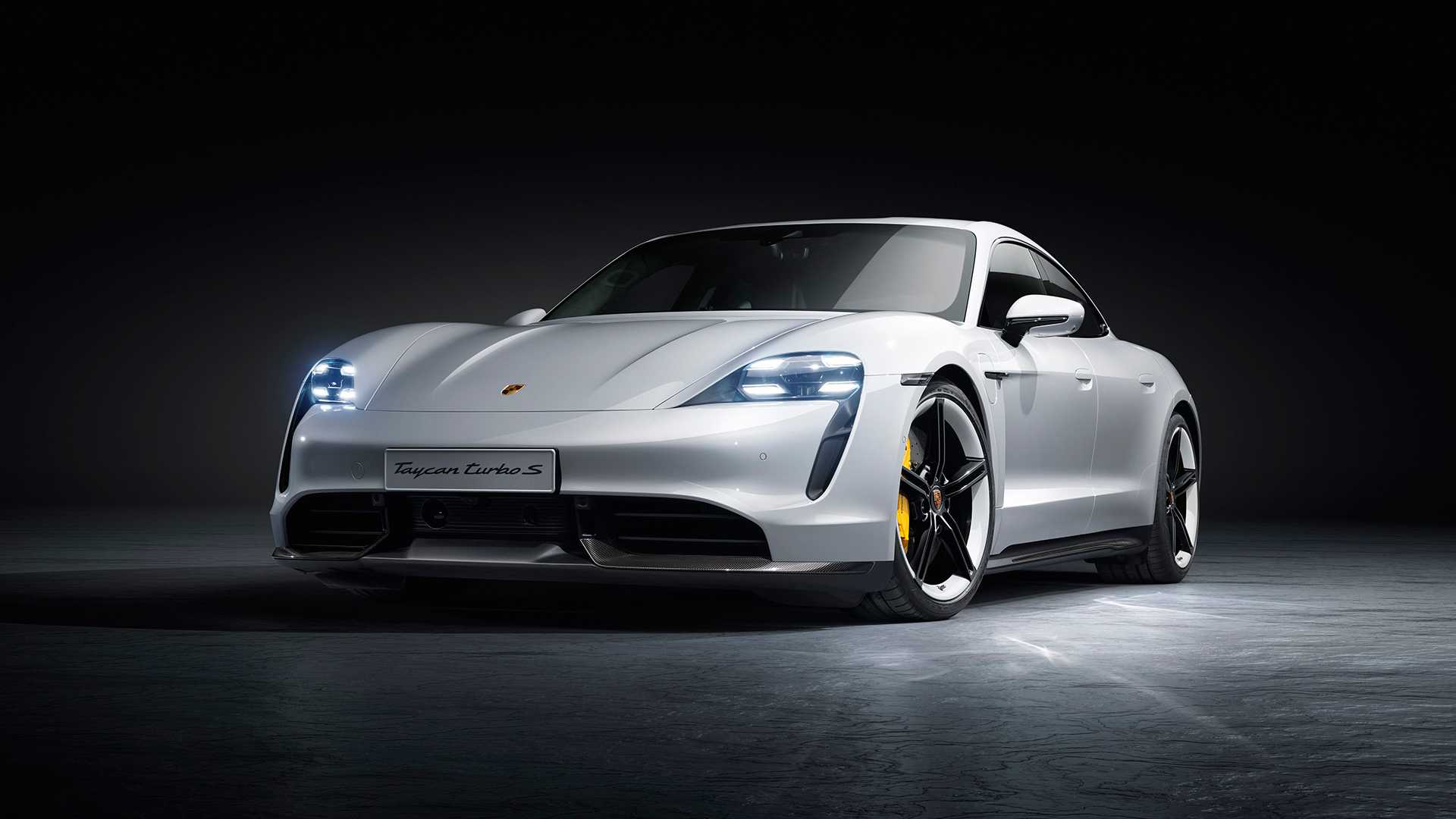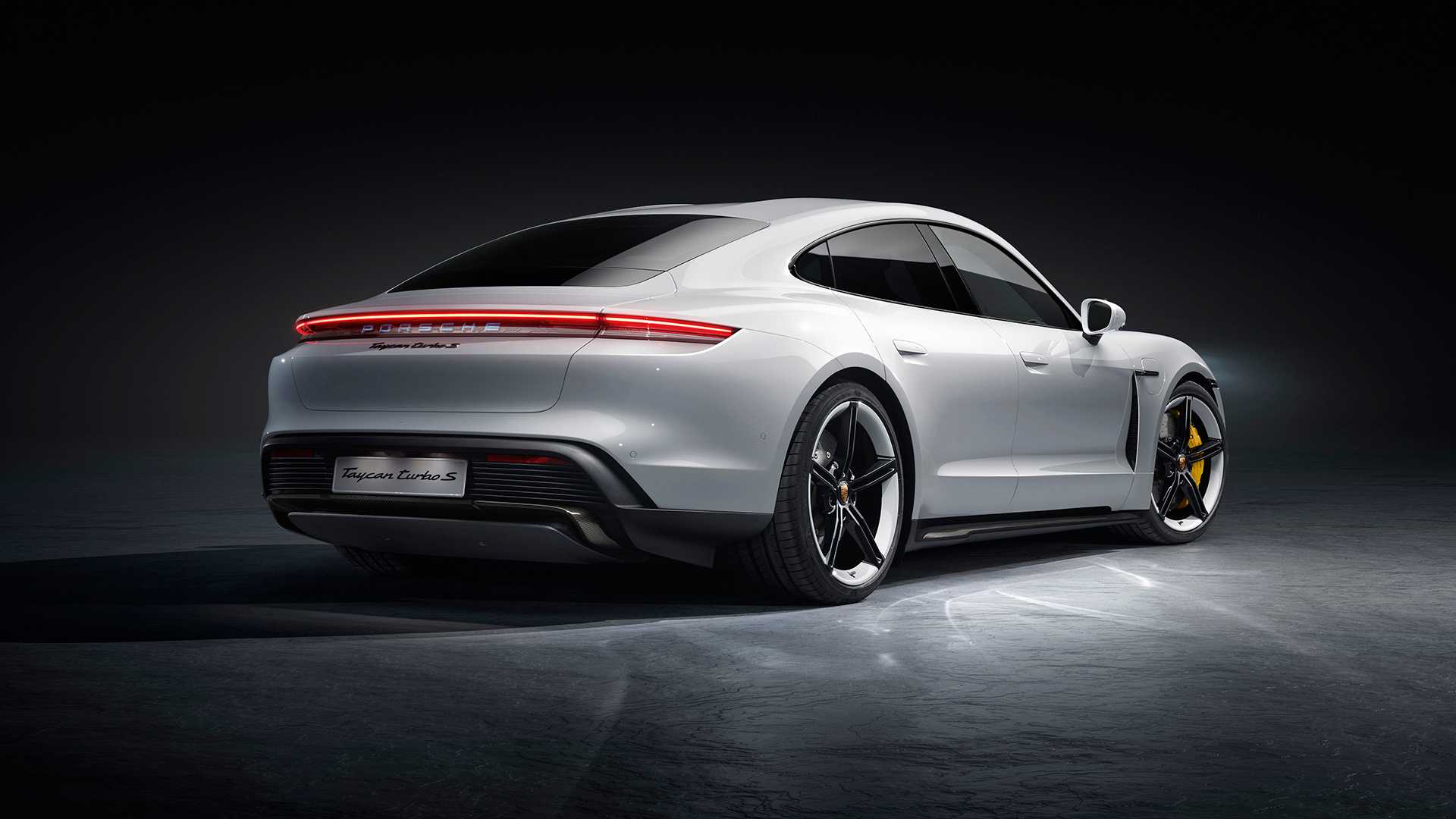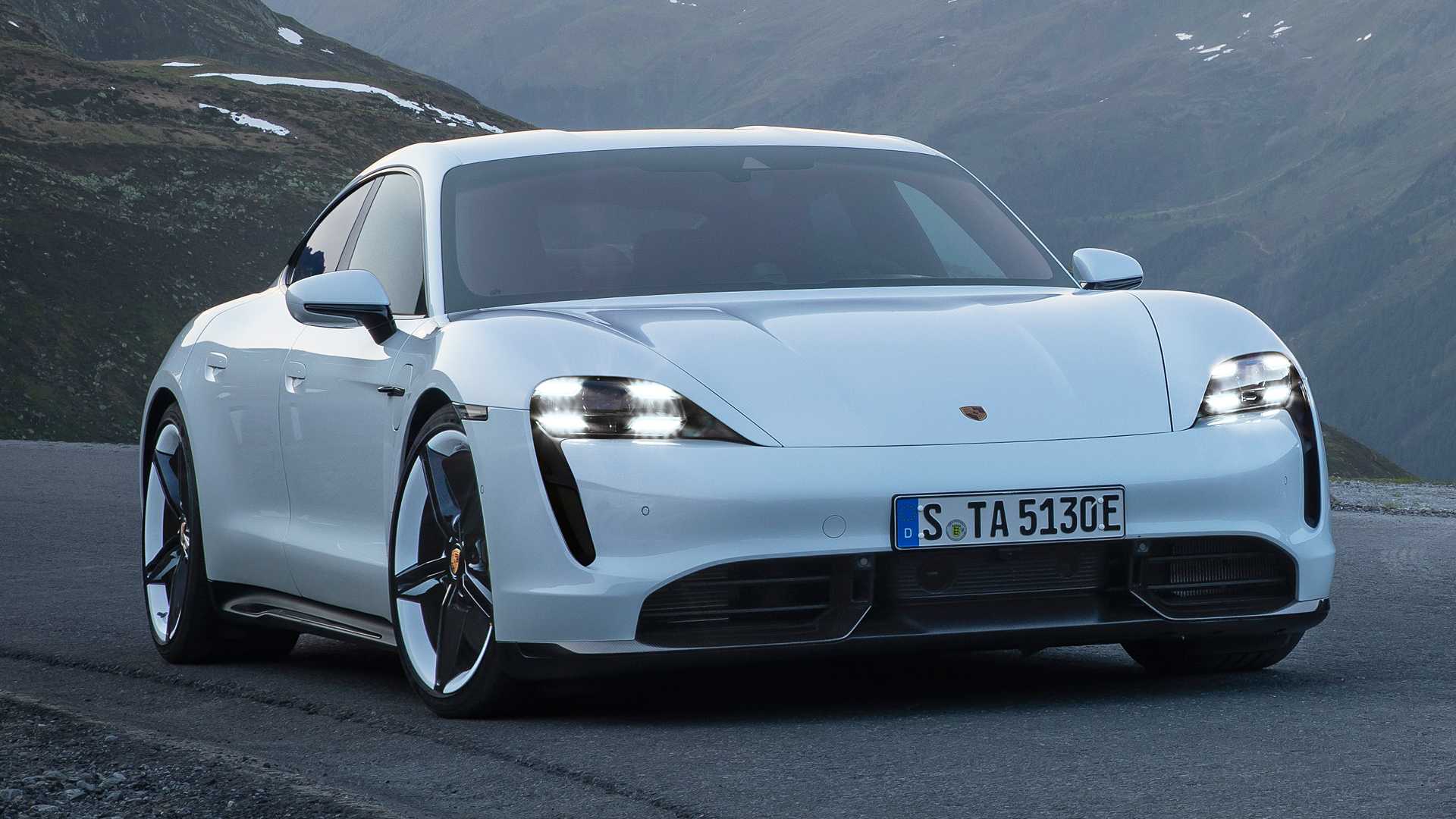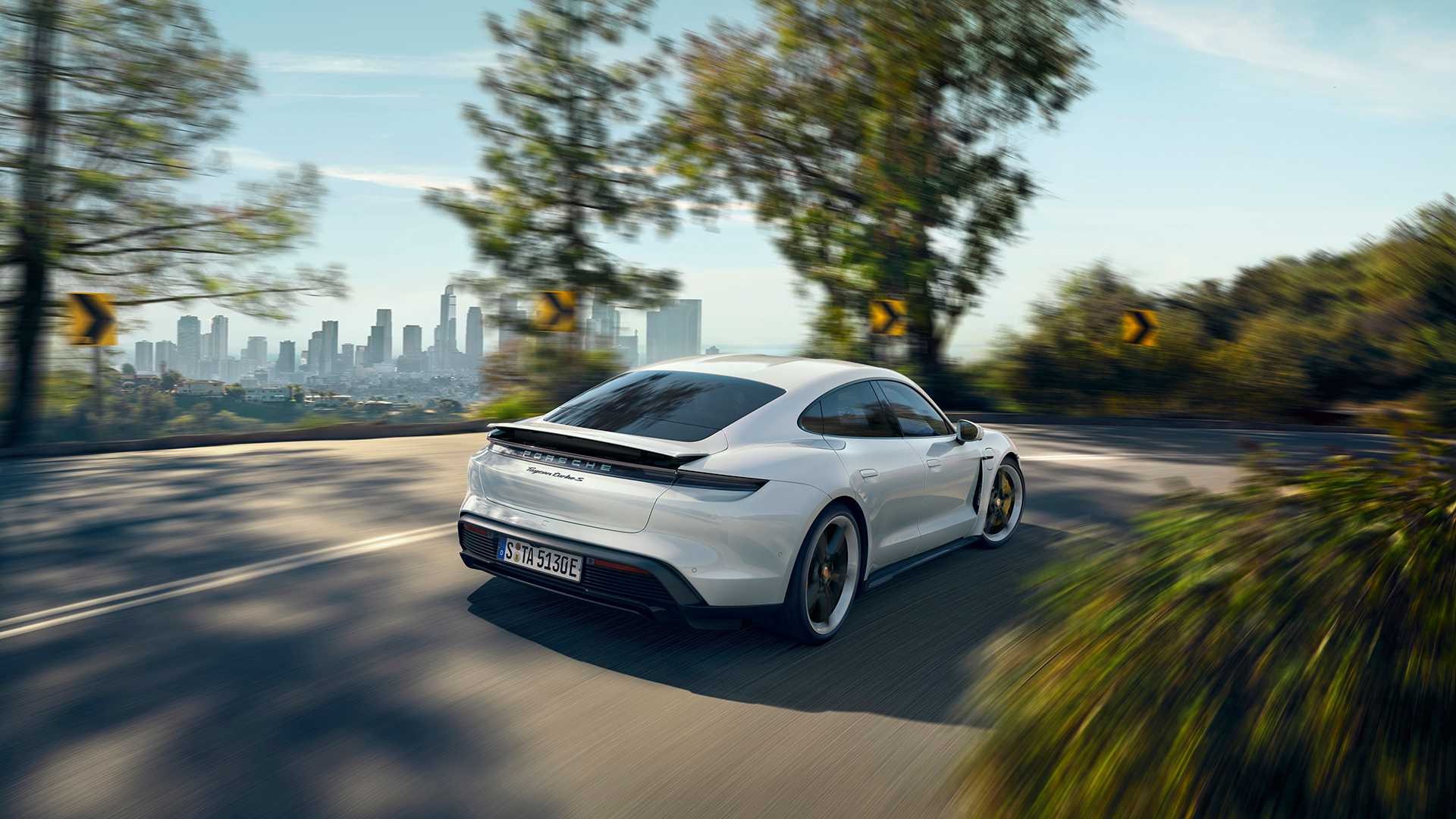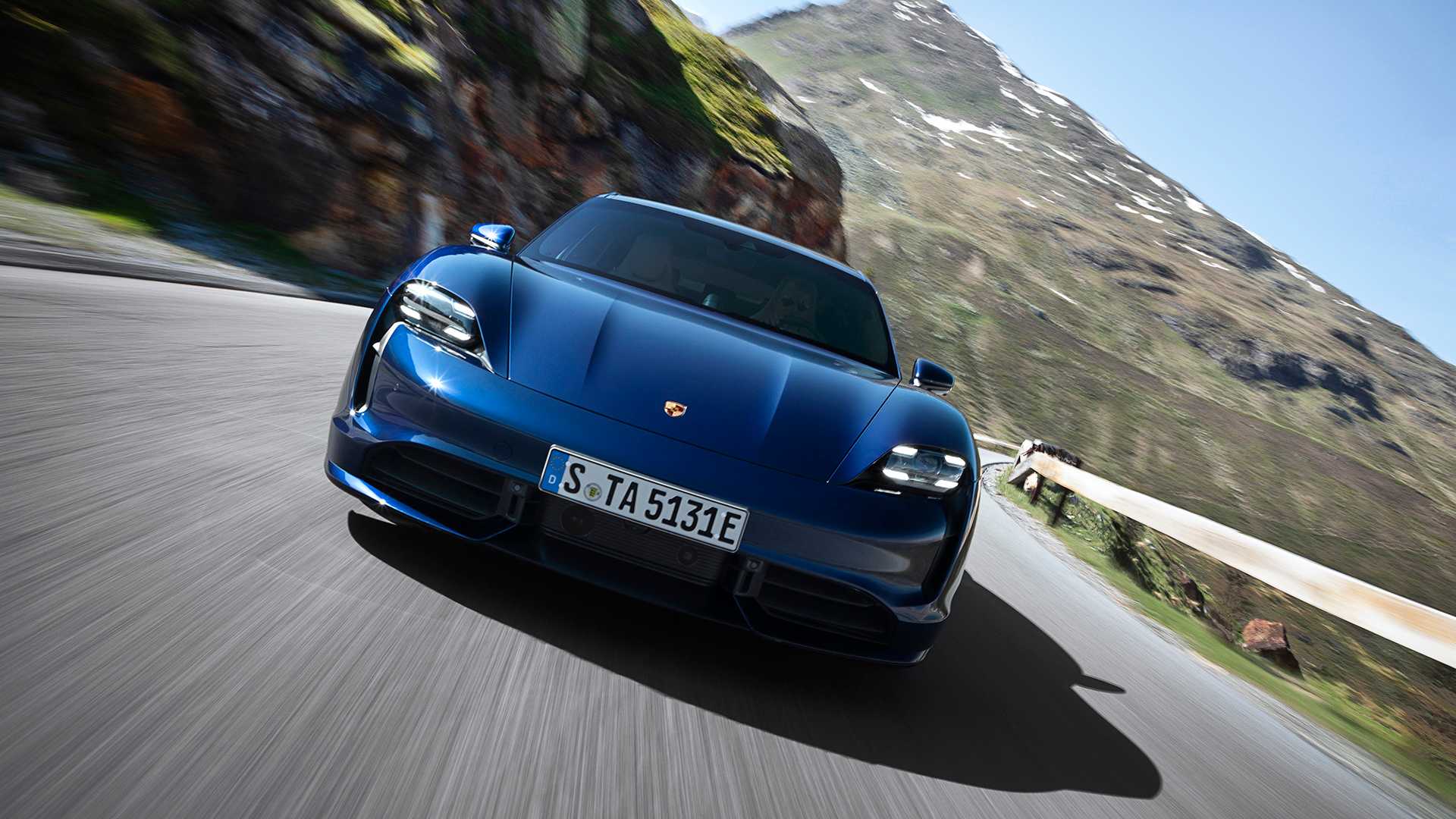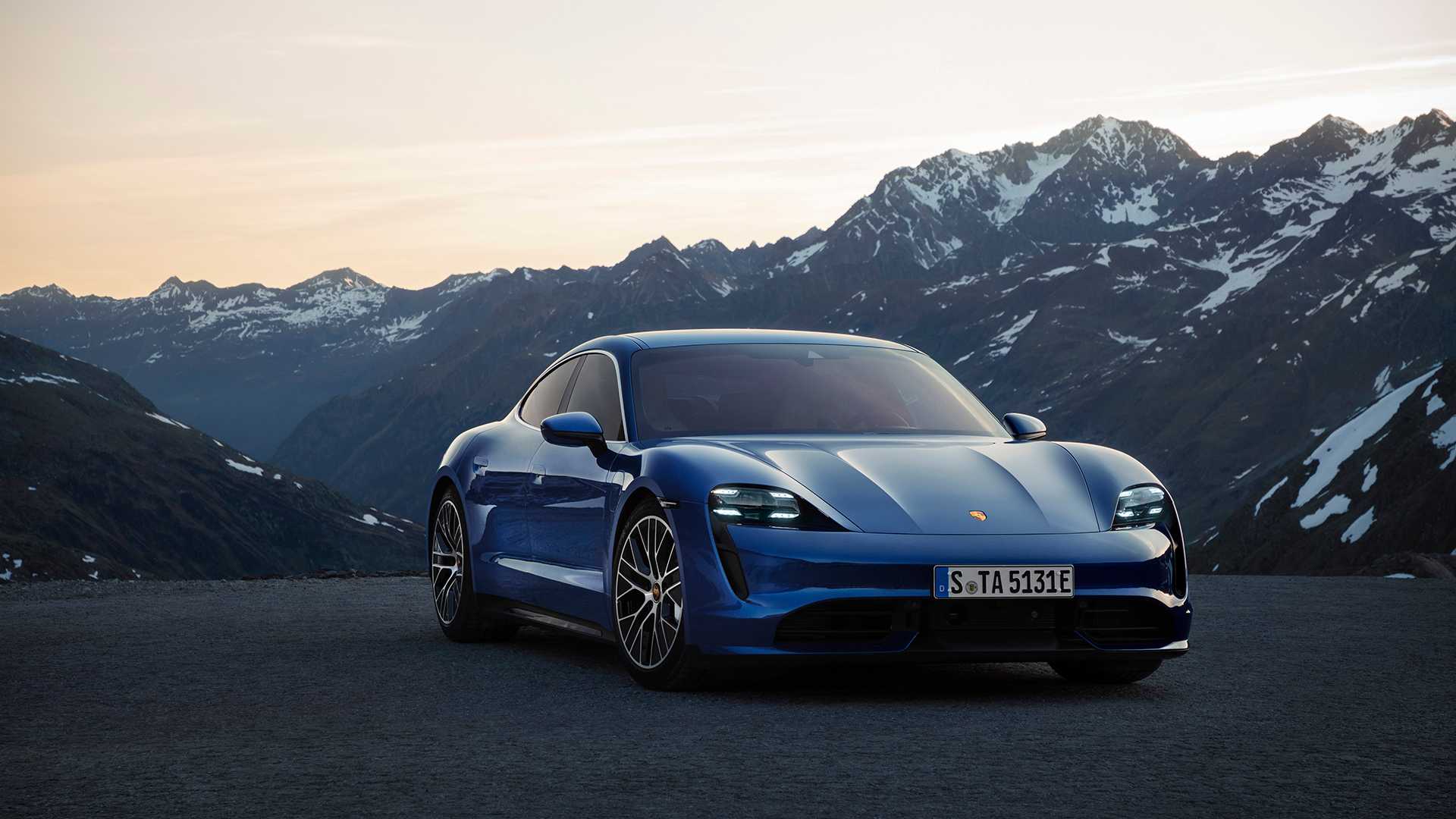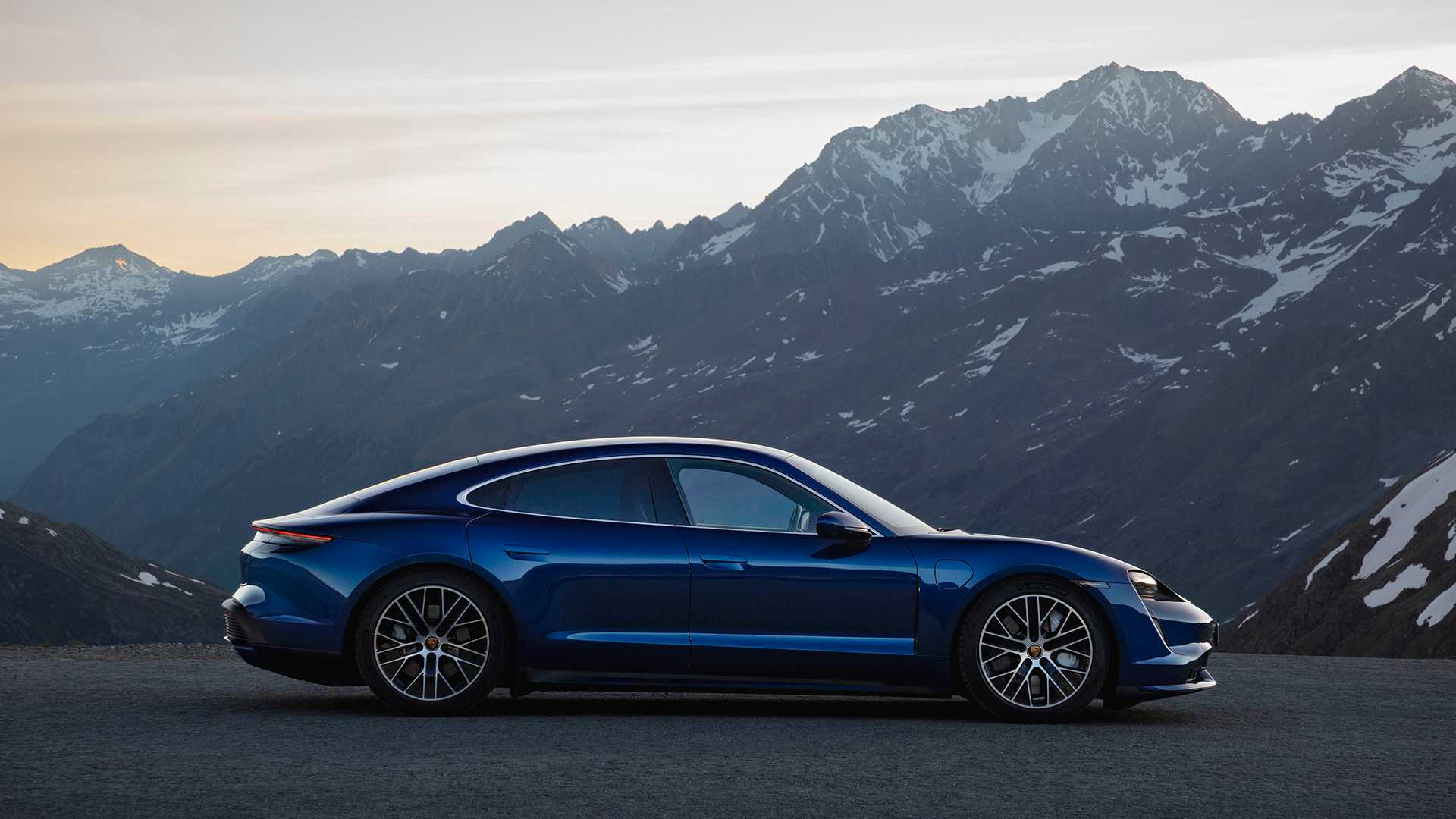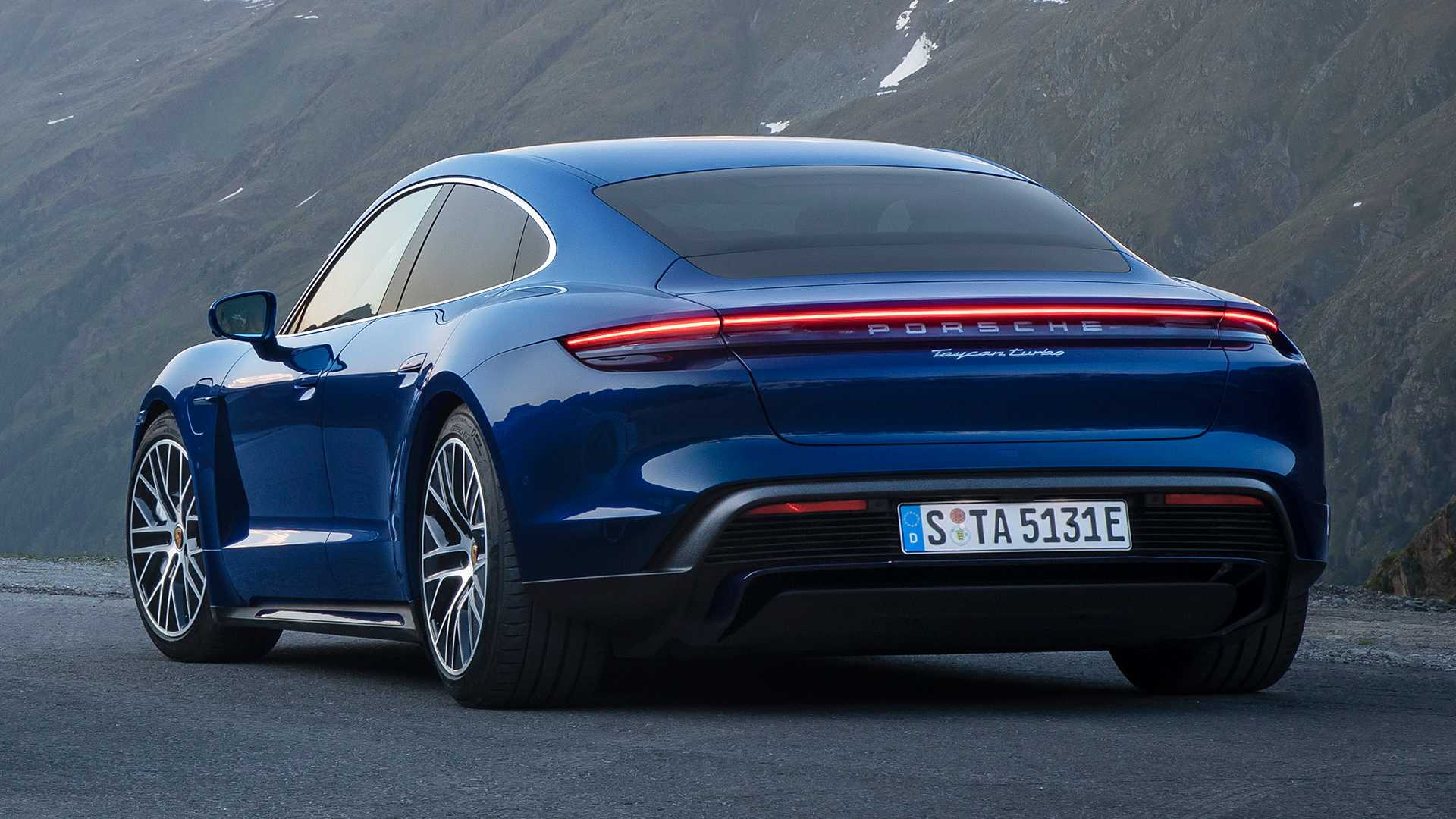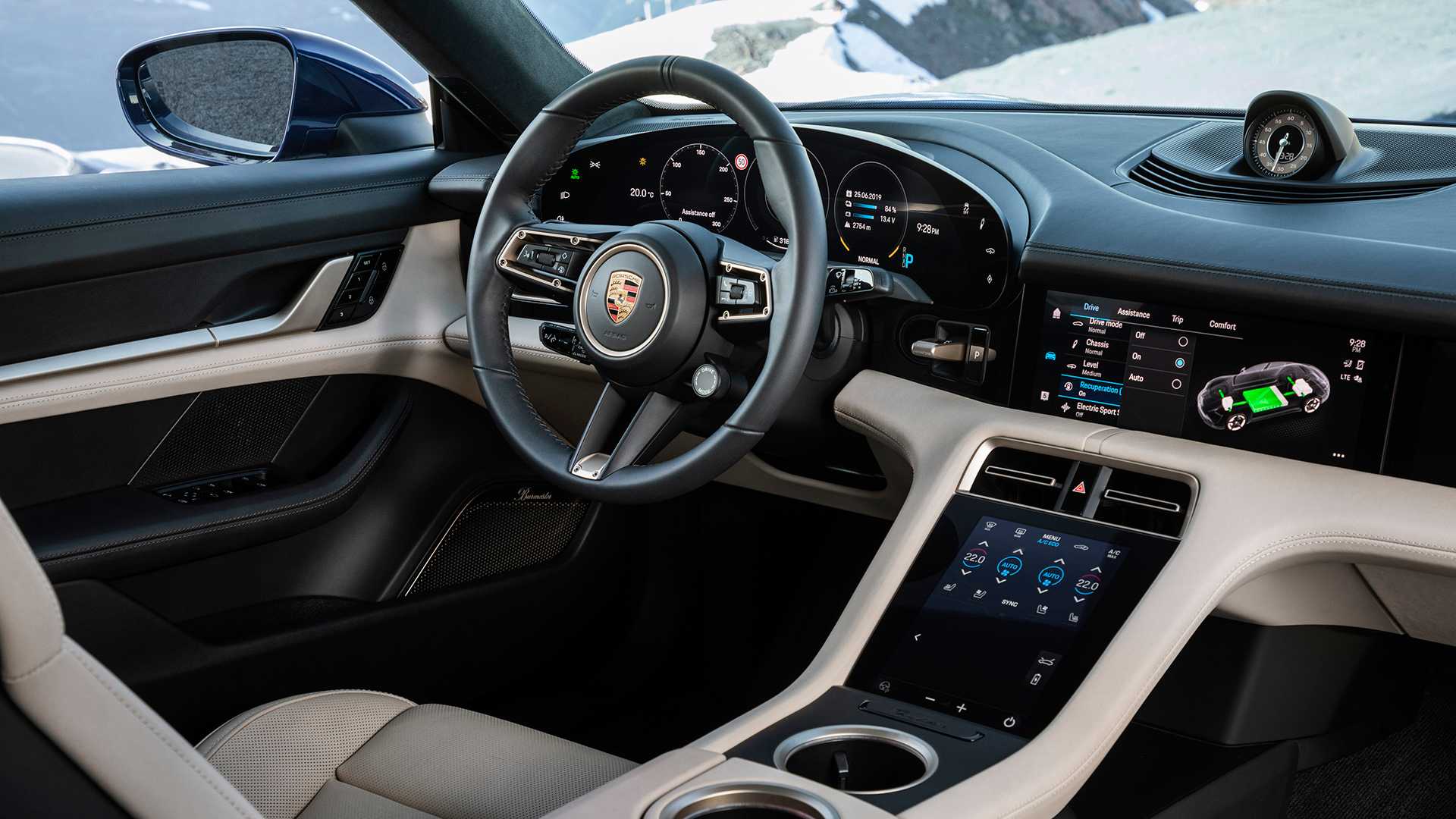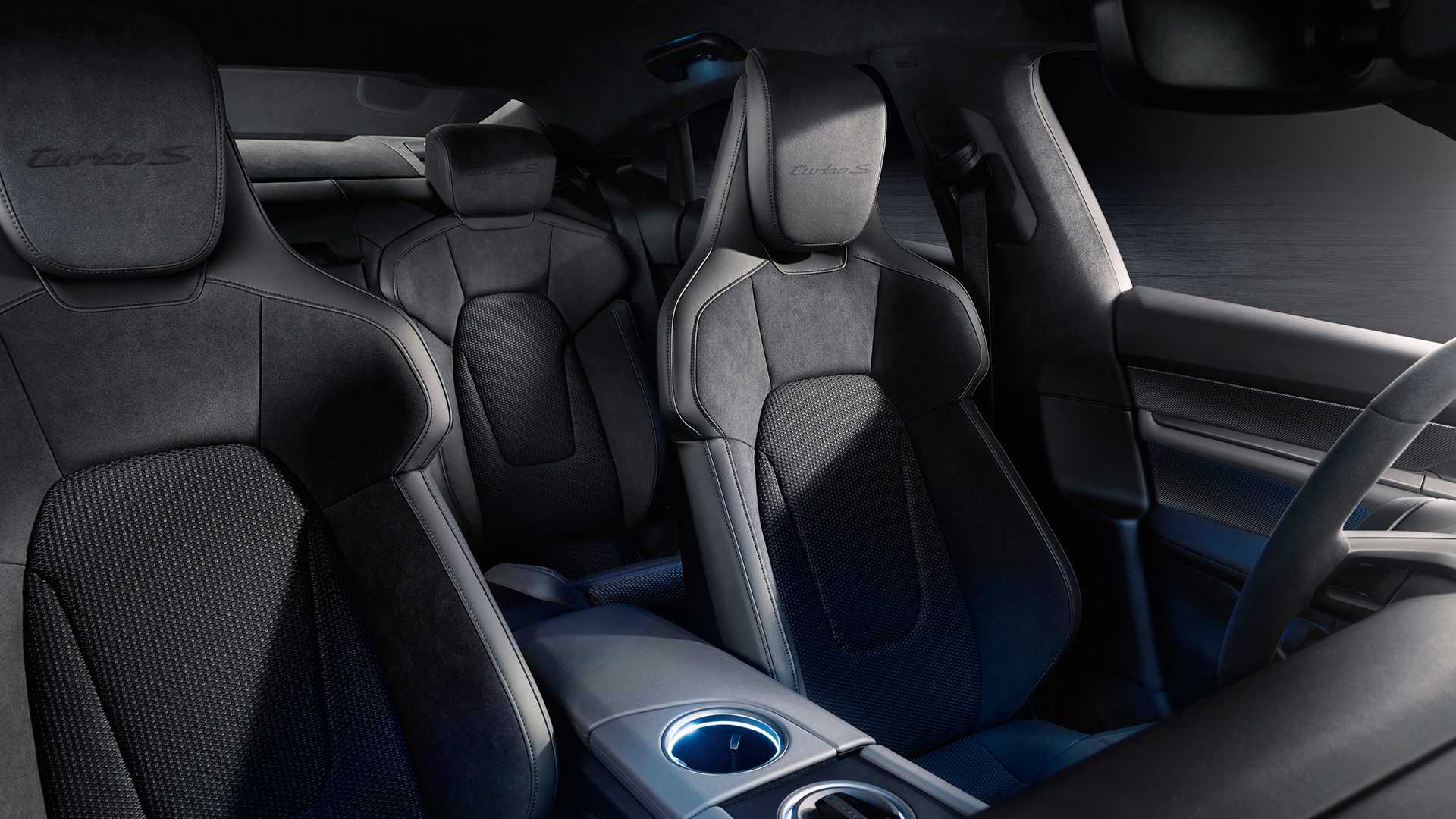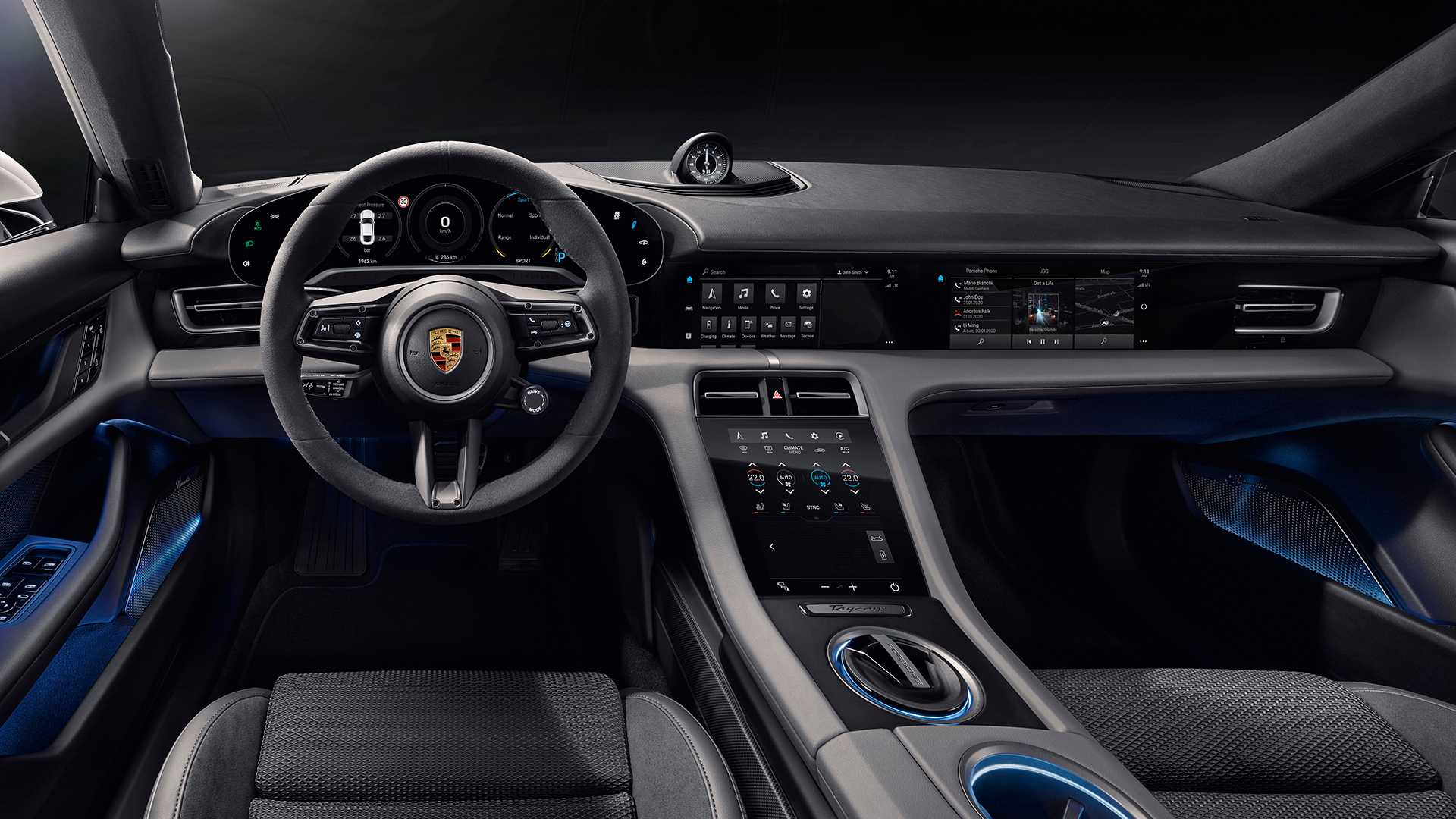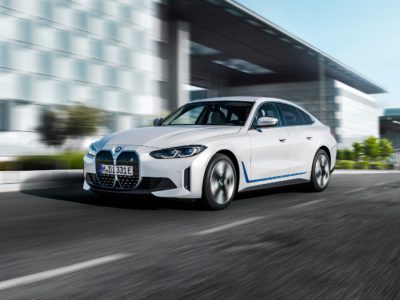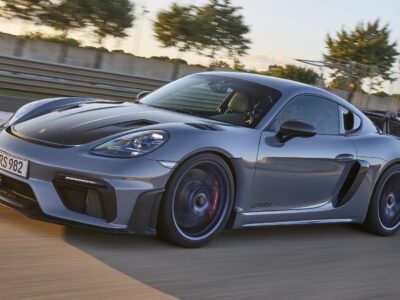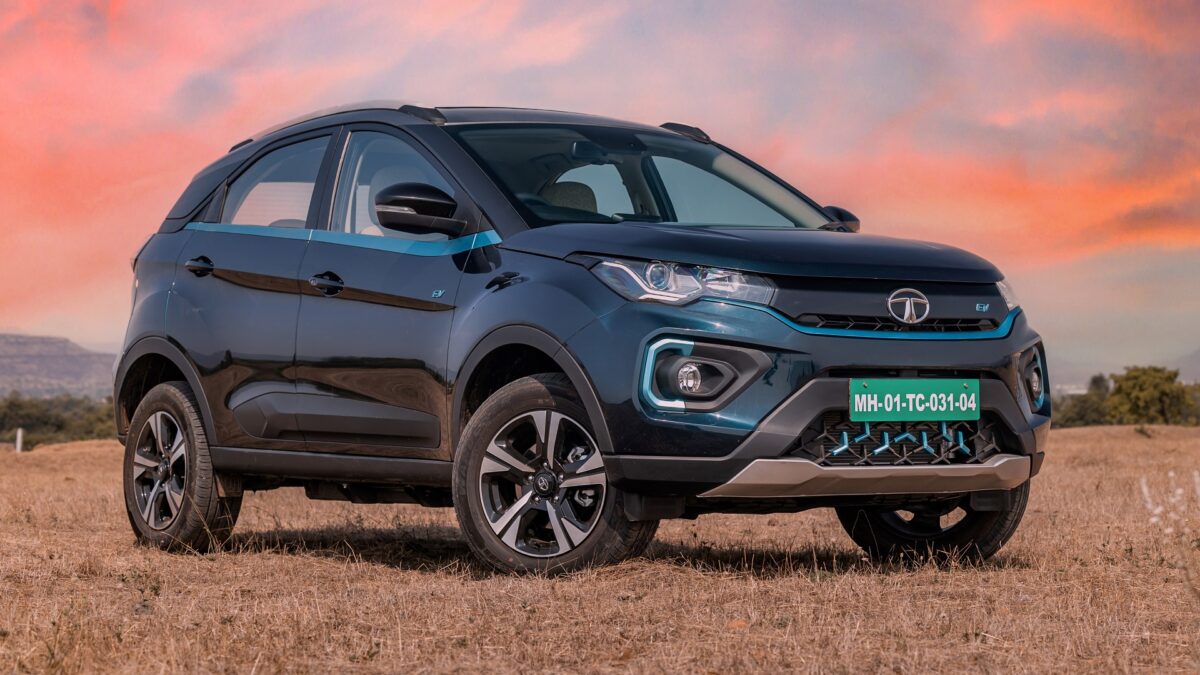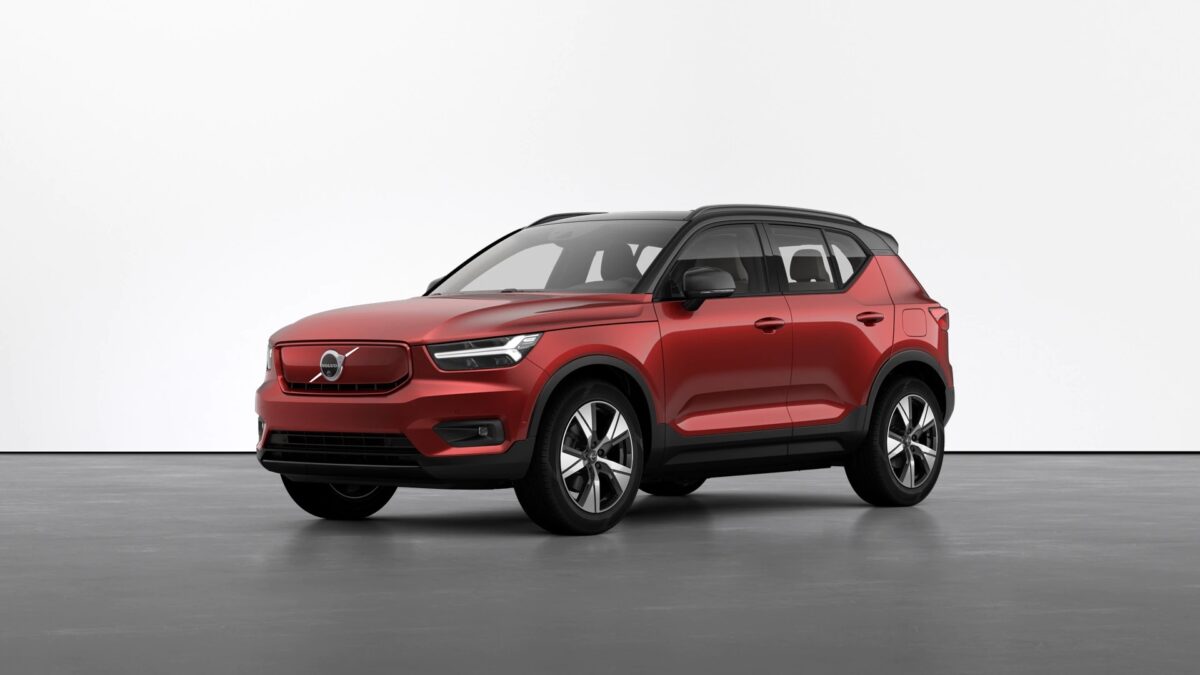Watch out electric sports carmakers because Porsche has officially joined the electrification game. What you see here is something that will become a cornerstone for the German luxury car brand. It is, of course, the all-new, all-electric Taycan. Porsche’s first-ever EV (electric vehicle) will start its innings with two variants – Turbo and Turbo S. We can see why the Germans have stuck with their usual christening regime. But slapping a Turbo tag on a non-turbocharged vehicle is also misleading.
Rope in the performance numbers, however, and you’ll forget about everything else. Both variants have two electric motors, one for each axle. By working together, they essentially make an electric all-wheel-drive system with 617hp on tap. Transmission duties are handled by a rear-mounted two-speed unit. Juices are drawn from a 93.4kWh battery pack which is connected to an electrical system with 800 volts. We’ll get to why that is important in a bit because you might be wondering what is the difference between the two variants.
Both come with something called ‘Overboost power for launch control’. When engaged, the Turbo’s power output goes up to 671hp/850Nm, whereas the Turbo S gets up to 751hp/1,050Nm. As you’d expect, those figures help differentiate acceleration times. The Taycan Turbo can hit 100kmph and 200kmph from a standstill in 3.2 seconds and 10.6 seconds, respectively. The Turbo S, on the other hand, can complete those sprints in 2.8 seconds and 9.6 seconds, respectively. And both will top out at 260kmph.
Returning to the unanswered question, the 800 volts electrical system helps the Taycan replenish its battery much quicker than any of its rivals. With a maximum charging power of 270 kW, the Taycan can get 100km range in just over five minutes via the recommended DC feed. Porsche claims that the same charger under ideal conditions can juice-up the battery pack from 5 to 80 per cent in 22.5 minutes. And since we’ve touched upon the range parameter, the Turbo can travel up to 450km on a single charge and its more powerful sibling can run up to 412km. Those range figures are according to the WLTP cycle.
Obviously, there are different driving modes – Range, Normal, Sport, Sport Plus and Individual. As is the case, each one of them has its unique characteristics. And yes, energy recuperation is also part of the pack. Porsche claims that “at up to 265 kW, the potential recuperation power is significantly higher than that of competitors.” That’s actually so high that approximately 90 per cent of everyday braking can be performed by the electric motors alone. At least that’s what Porsche found out during the Taycan’s driving tests.
We know that the Taycan’s interior is leather-free and can be further customised to one’s preferences. The cabin also erases the need for most physical buttons and knobs by adopting an all-digital approach. Up to 53 inches of screen real estate can be included to control almost every single aspect of the car. Other features such as Porsche’s Active Suspension Management, Dynamic Chassis Control Sport and Torque Vectoring Plus are also part of the package.
Porsche will also introduce lesser versions of the Taycan later this year. The first derivative, however, will arrive by the end of next year in the form of the Taycan Cross Turismo. Well, the Porsche Taycan is an impressive sports sedan but way too pricy. And it will also make its way to India. Prices? Since it will come via the CBU route like all other Porsches, the starting price is likely to be around Rs 2.5 crore. Ex-showroom!

